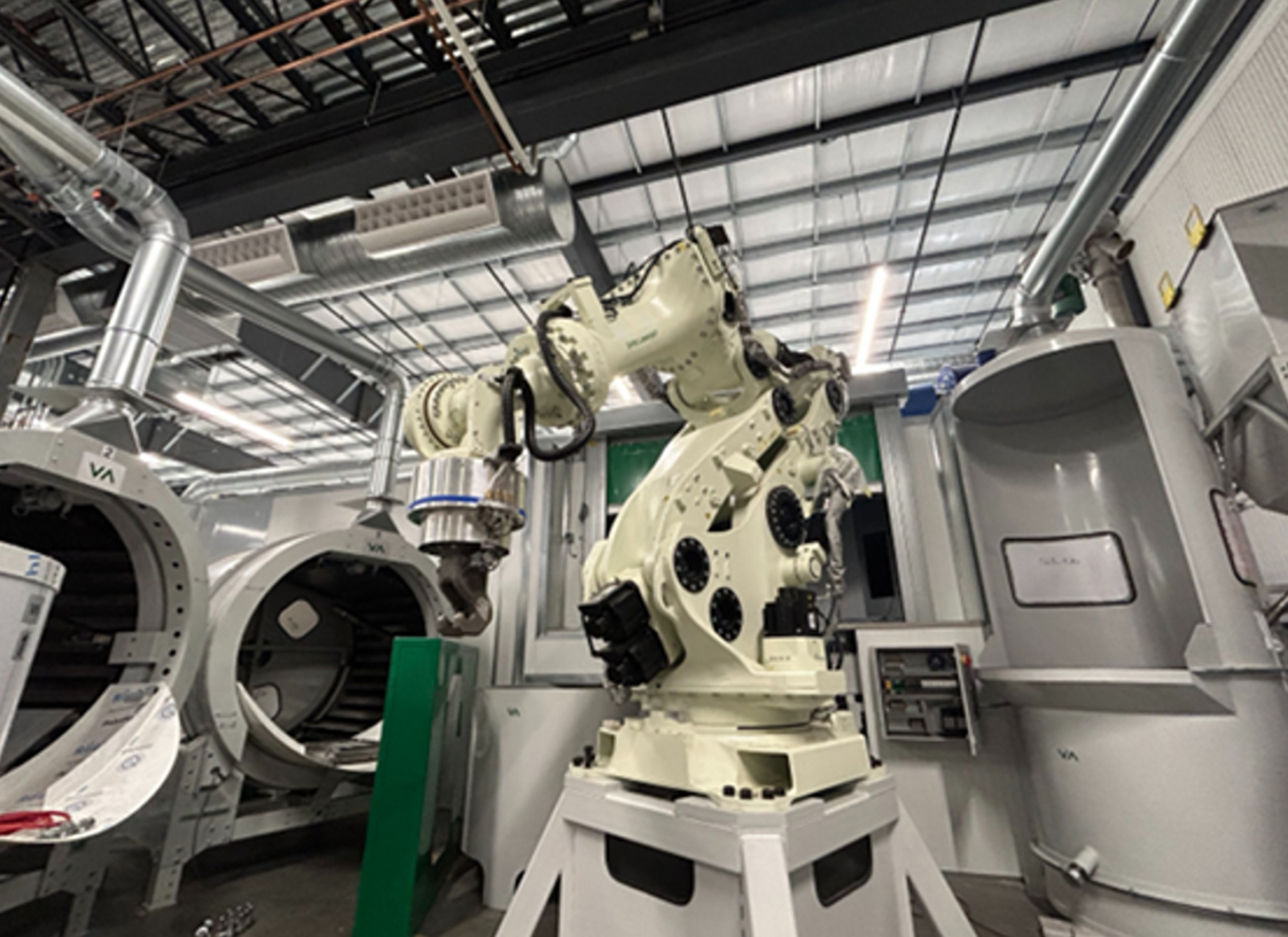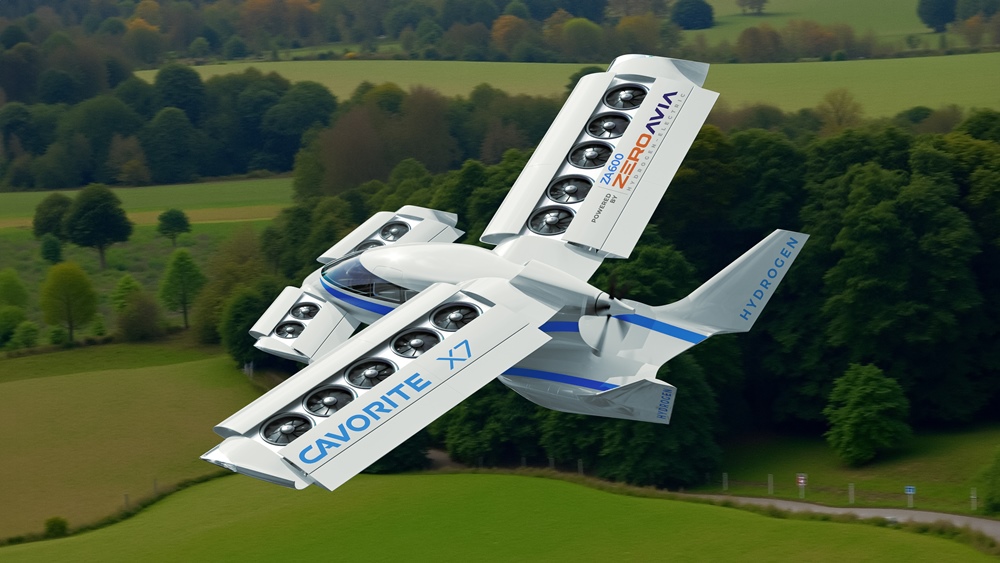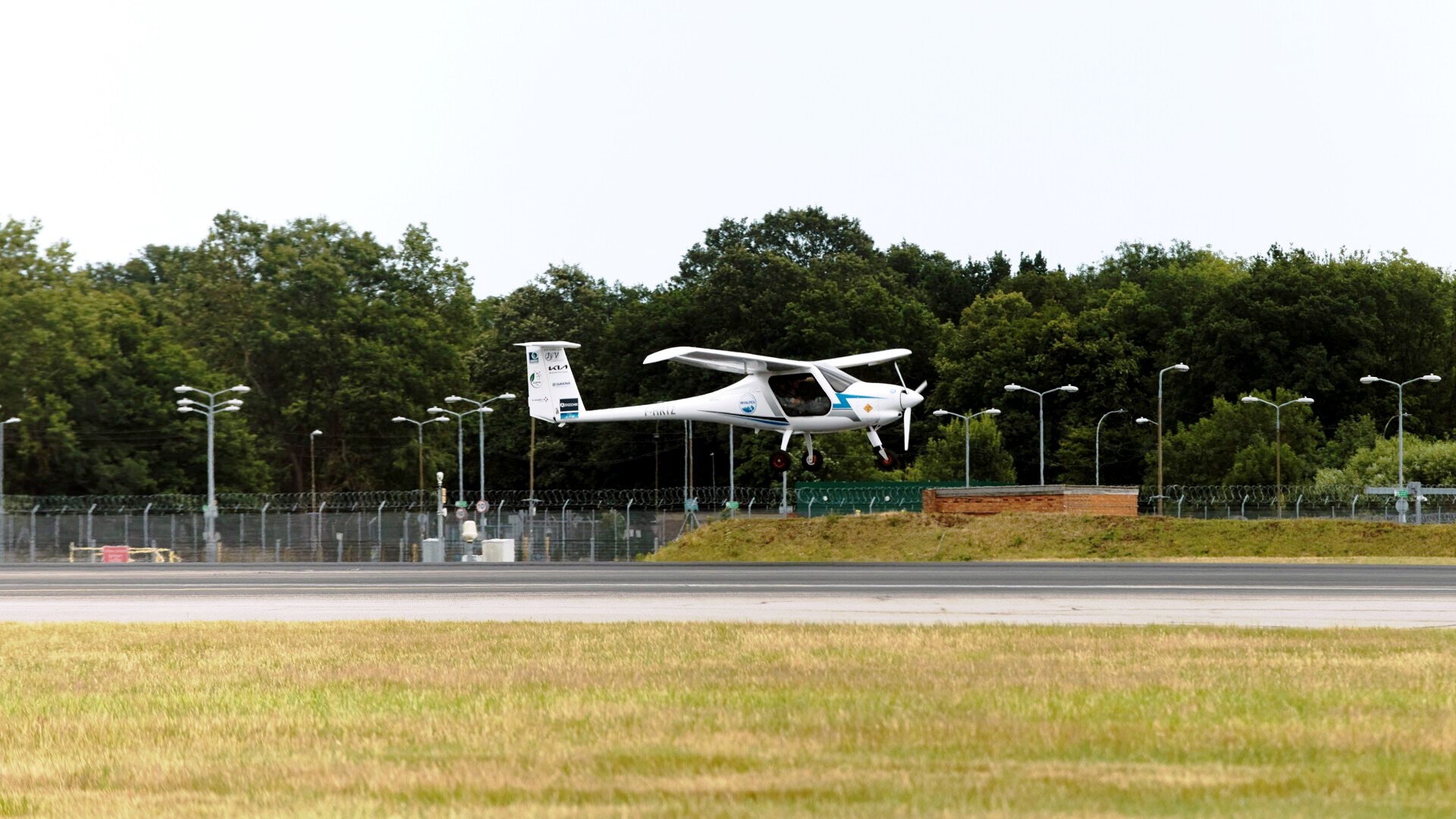Raytheon develops high temperature power module
 Aimed at high speed switching applications, the module has potential uses in the aerospace sector as it requires minimal external cooling and presents considerable weight saving opportunities within the More Electric Aircraft power system. Also, by supporting applications in harsh environments and in meeting high operating temperature demands, the module can also be used in the geothermal power and oil and gas sectors.
Aimed at high speed switching applications, the module has potential uses in the aerospace sector as it requires minimal external cooling and presents considerable weight saving opportunities within the More Electric Aircraft power system. Also, by supporting applications in harsh environments and in meeting high operating temperature demands, the module can also be used in the geothermal power and oil and gas sectors.
A prototype module has currently amassed more than 1,000 hours of stable operation at 300oC; a temperature at which traditional Silicon-based semiconductors cannot operate. Tests on the module, which includes two 1,200V Silicon Carbide (SiC) Bipolar Junction Transistors (BJTs), have been performed switching 500V at room temperature and switching 200V at 300oC. The BJTs are controlled by integrated base driver circuitry, fabricated using Raytheon’s propriety High Temperature Silicon Carbide (HiTSiC) process.
“The co-location of BJT base driver circuitry and power transistors into a single high temperature module is a major industry breakthrough,” comments David Gordon, Technical Lead with Raytheon’s IPS. “For example, in many instances it is necessary to switch power stage transistors at tens of kHz and that requires getting the base driver circuitry as close as possible to the power transistors.
However, in a high temperature environment that presents a problem. While Silicon Carbide transistors can switch high voltage and handle high temperatures, traditional Silicon-based gate driver circuitry cannot cope with the heat. Silicon on Insulator raises the bar to about 220oC, but that’s still not high enough for some existing and emerging applications for power electronics. Raytheon’s HiTSiC CMOS circuitry on the other hand was designed to operate at 300oC, and has been tested at considerably higher temperatures.”
The under-test switching speeds of Raytheon’s prototype high temperature bridge leg power module are exceeding expectations. When switching 200V, the turn on-time at room temperature is 20ns. This increases linearly to 40ns at 300oC. Gordon: “And this performance has remained consistent throughout the 1,000-plus hours of testing.”
The module is packaged in a 32pin Hermetic Dual In Line (DIL) ceramic package measuring approximately 40mm x 23mm.
“Performance stability at extreme temperatures is one of the semiconductor industry’s biggest challenges,” concludes Gordon. “Our prototype and the hours it has amassed therefore represents an extremely encouraging demonstration of Raytheon’s device capability. Ageing tests continue, along with further testing at higher power levels.”
Raytheon’s development of this high temperature module draws on experience gained during an Innovate UK project called LAMPS (Lightweight, Affordable Motors and Power electronics Systems) in collaboration with other UK partners and led by UTC Aerospace Systems.











